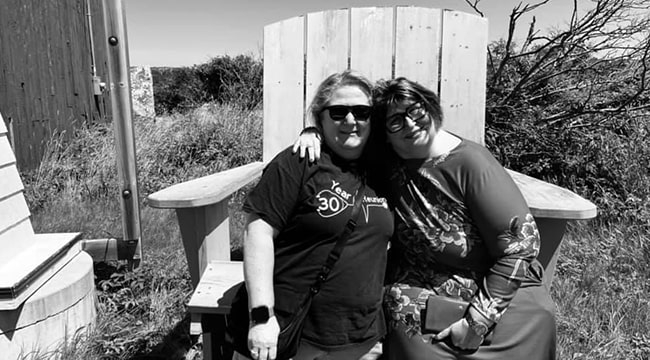10 amazing ways donated blood and plasma help save lives

From blood transfusions for babies in the womb, to the manufacture of lifesaving medications, blood and plasma help far beyond trauma
When you think about why hospitals need blood, the first image that comes to mind may be a car crash. But donated blood (including blood components such as plasma and platelets) are not only used to replace blood lost through injury.
Here are some of the many incredible ways donations support patients.

1. Blood supports people with cancer
Blood can be essential in cancer treatment for many reasons. There were times when Shae-Lynn, seen in the photo at the top of this article, received blood transfusions daily during her successful treatment for leukemia.
One reason a cancer patient may need a blood transfusion is anemia, a condition where the body does not have enough healthy red blood cells. Both cancer and its treatment can lower the number of red blood cells and the level of hemoglobin in the blood.

Donated red blood cells also support many people going through cancer surgery, as do plasma transfusions. And platelet transfusions may be needed when bone marrow (where blood cells are made) has been damaged by chemotherapy, or where the cancer itself affects the bone marrow.
Medications made from plasma (details below) can also play a role in cancer treatment, such as by supporting the immune system of a patient recovering from a stem cell transplant.
2. Plasma is used to make lifesaving medications
Plasma is part of blood. In fact, more than half of your blood volume is plasma. It’s straw-coloured, protein-packed, and is used to make medications for life-threatening conditions including immunodeficiency and autoimmune and neurological disorders.
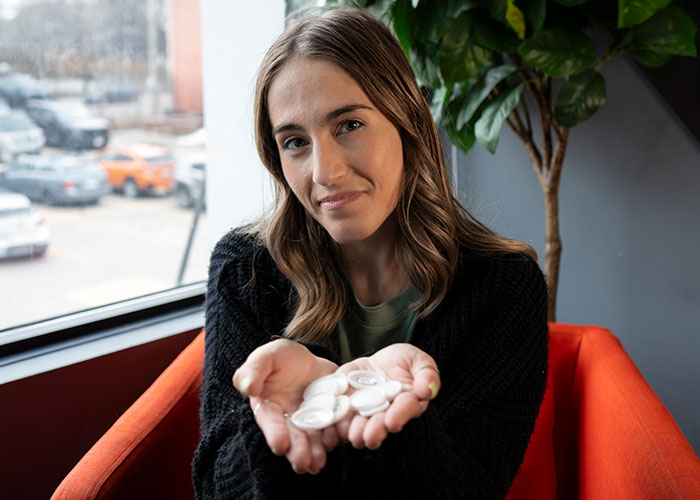
The most widely used medications made from plasma are immunoglobulins, and demand is on the rise. The plasma to make them comes from blood donations that have been separated into components, as well as from plasma donations.
When you donate plasma at any of our growing number of plasma donor centres, it’s through a process that collects only the plasma portion of your blood, and returns the other parts to your body as you donate.
Eligibility criteria for donating plasma are slightly different than the criteria for donating blood. Did you know that travel to areas where malaria is endemic does not affect your eligibility to donate plasma at our plasma donor centres? Discover more about malaria and blood donation.
3. More than 15,000 blood donations each year are helping people in Canada with sickle cell disease
Sickle cell disease is an inherited condition that causes red blood cells to become rigid. Complications can include severe pain, breathing problems, and even stroke and organ failure.
While some people with this illness need occasional blood transfusions, others receive a full supply of red blood cells from donors every month.

Many who require frequent transfusions (for any reason) need specially matched blood. This is one of the reasons we are working to build a more diverse blood donor base. For a person with sickle cell disease who is Black (as are the majority in Canada and worldwide), a Black donor may be the best match.
4. Blood helps babies in the womb
About a hundred times a year on average in Canada, a baby still growing in the womb needs a transfusion of red blood cells. Typically, these are given by a thin needle inserted into a blood vessel in the umbilical cord. For this purpose, hospitals rely on donated blood that is type O-negative.
5. Blood helps babies shortly after birth
There are also many reasons why a baby could need blood soon after birth. For example, those who are born prematurely may not begin life with enough red blood cells (since even babies who are born at full term don’t start producing their own blood cells for a few months).
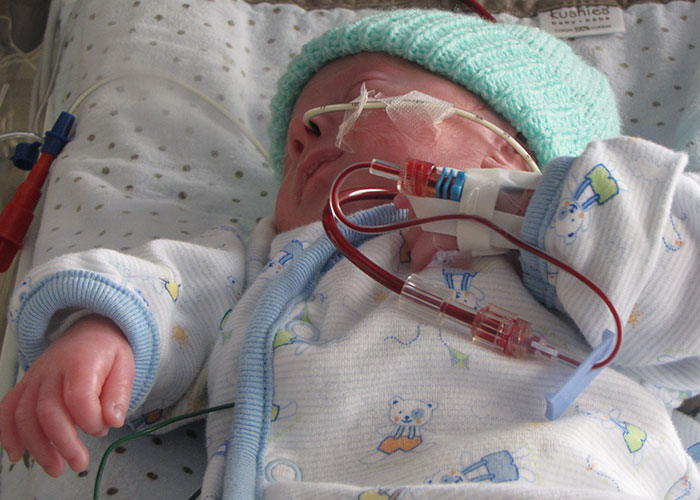
Donated platelets, which have been specially matched to a baby’s own, can also be lifesaving for those with a rare and frightening complication called neonatal alloimmune thromobocytopenia. Meeting a need for matched platelets for these tiny babies, as well as for many people with cancer, is another of the many reasons we need a diverse donor base.
6. Blood helps children with severe food poisoning
E. coli bacteria, spread through contaminated water and food, can cause severe illness. With some strains, young children especially may develop a dangerous condition called hemolytic uremic syndrome.
Hemolytic uremic syndrome causes damage to blood vessels, destruction of red blood cells and kidney damage. Blood transfusions may be essential to recovery.

7. Blood enables people to survive sepsis
Sepsis is a life-threatening illness that is caused by the body’s overreaction to an infection. The infection can be bacterial, viral, parasitic, or fungal.
Normally, a person’s immune system would fight the infection, but in sepsis it triggers a chain reaction that leads to tissue damage, organ failure and even death. Sepsis is common and can happen to anyone.

People going through sepsis may require red blood cells, platelets, plasma, or all three of these blood components. Get the details on why blood is crucial for patients with sepsis.
8. Blood supports those going through organ failure and organ transplants
People waiting for a kidney transplant often require blood transfusions, because kidney failure leads to a low red blood cell count. Bleeding is also a risk with organ transplant surgery, so transfusions of red blood cells and plasma may be needed in that event, too. Patients may also receive products made from plasma to support their recovery from organ transplant.
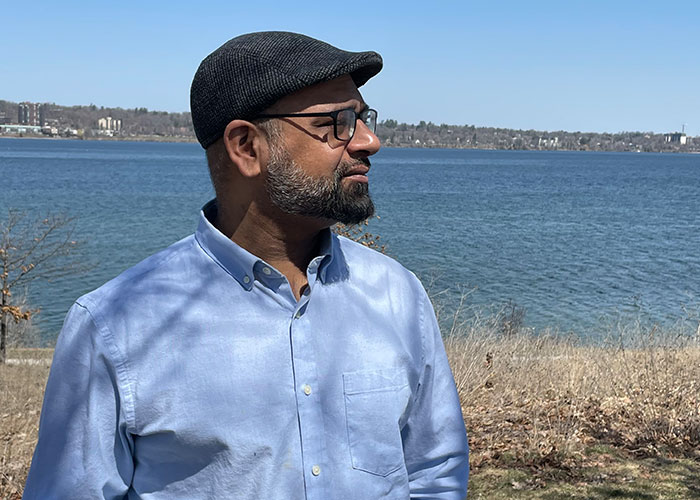
9. Blood supports research
When you donate blood (or blood components such as plasma) at Canadian Blood Services, we also collect samples for testing purposes. This allows us to test the donation for characteristics relevant to donor-patient matching, as well as for infectious diseases.
At times, however, those samples also support important research (without donors needing to give extra blood, and while fully protecting their privacy).
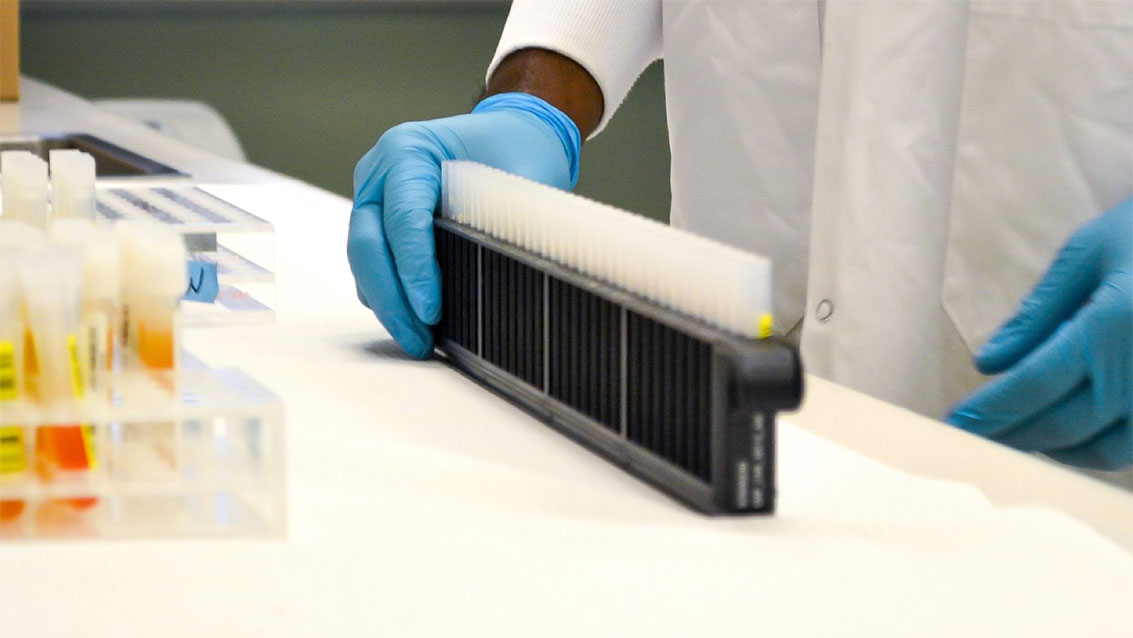
For example, in the first months of the COVID-19 pandemic, we began analyzing a selection of those blood samples for COVID-19 antibodies. This helped paint a picture of virus spread and immunity across Canada. We’ve also run studies that involved testing donor blood samples for antibodies to babesia, a parasite spread by ticks, and to measles. Studies like these have huge potential to benefit public health.
Did you know we also accept whole blood donations for research at our Blood4Research Facility? If you’re interested in donating blood in Vancouver, B.C., even if you do not meet the eligibility criteria to donate blood for use by patients, this may be an option for you.
10. Blood to the rescue in cases of trauma and severe bleeding
This well-known use of blood is certainly an essential one. Without blood and plasma donors, many people would not survive gunshot wounds, vehicle crashes, farming accidents, hemorrhaging after birth and more.

Did you know that more and more people are receiving blood transfusions even before arriving in hospital? Blood donors (especially blood donors with the O-negative blood type, whose blood is essential in emergencies where there’s no time to check the patient’s blood type) support air ambulance “blood on board” programs. Some such programs also equip paramedics with transfusable plasma in addition to red blood cells.

For these 10 reasons and many more, we need tens of thousands of new donors each year to join us in building a bigger and more diverse donor base. If you’ve never donated blood or plasma, or haven’t in a while, now is a great time to book.
Not sure if you’re eligible? Start with our two-minute eligibility quiz. Or if you’ve been ineligible in the past, check out our recent changes to donation criteria to see if you might be eligible now.
And please, share this article to help others understand the need. Together, we are Canada’s Lifeline.
(P.S. Have you, or someone close to you, been helped by blood or plasma donation? We’d love to hear how, and to share that story to inspire others! Visit our My Story page to tell us about your experience.)
